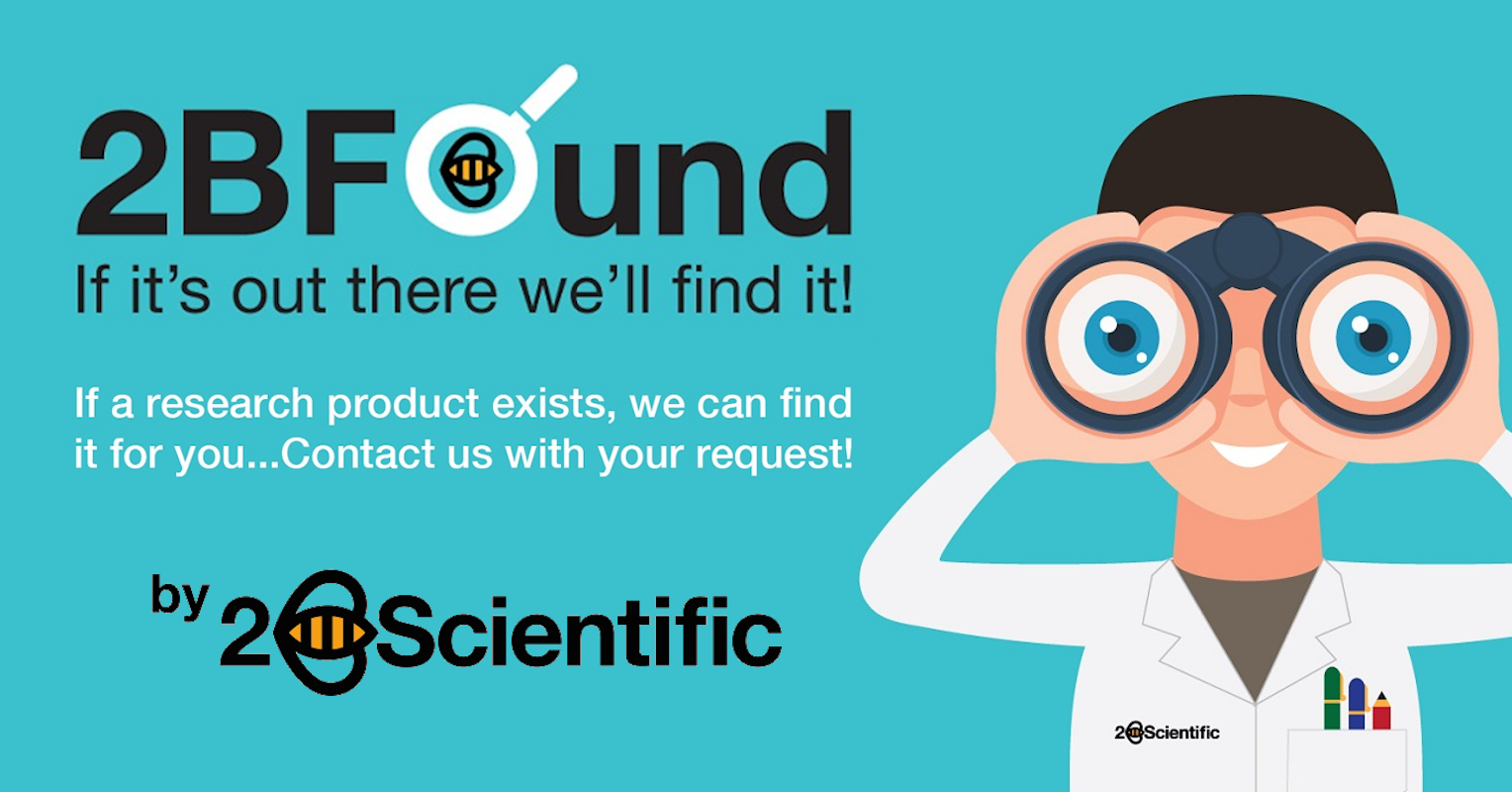In AAV Research & Gene Therapy
Immunochemical AAV studies
Anti-AAV virus particle antibodies are suitable for the characterisation of different stages of adeno-associated virus (AAV) infection and are very useful for the analysis of the AAV capsid assembly. The antibodies specifically recognize conformational epitopes in assembled capsids of different AAV serotypes. Hence, they exclusively react with intact AAV particles.
Viral capsid protein antibodies (VP) exclusively recognize AAV capsid proteins and are useful for immunolocalization studies of AAV capsid formation, or immunoprecipitation and western blot analysis of viral capsid proteins. Anti-AAV replicase antibodies (Rep) react with selected replicase (Rep) proteins in human AAV-infected cells. Applications include immunolocalization or immunoblotting studies to investigate the correlation between Rep expression and the course of an infection.
AAV antibodies in gene therapy research
AAV vectors are powerful tools in gene therapy research and development. Recombinant AAV vectors (rAAV) corresponding to the different viral serotypes have successfully been used as universal gene shuttles in human cells.1 Neutralizing AAV antibodies present in serum or plasma may block transduction with AAV vectors.
In a prescreening step before vector administration, the titer of neutralizing AAV antibodies can be determined in a cell-based assay. PROGEN's AAV antibodies are ideal positive controls that neutralize wild-type AAV capsids of AAV serotypes 1, 2, 5, 6, 8, and 9.2-7
PROGEN supplements its portfolio of AAV antibodies with advanced recombinant IgGs that feature optimal stability and batch-to-batch consistency. These antibodies retain equal performance compared to the mouse monoclonal antibodies with respect to cross-reactivity, AAV capsid recognition and binding sensitivity (see figure below).
AAV Xpress ELISA
Now available for the serotypes AAV2, AAV8 and AAV9!
• Get robust & reliable results in less than 2 hours
• Enjoy easy workflow and process integration
• Rely on accurate data based on standard ELISA
• Simple processing – no expensive equipment needed
• Low sample costs
• Shortened incubation times from 3:15 hrs to 1:20 hrs
• Same composition of kit components
• Same processing
• Complete reduction of the assay time of more than 50%
• Quantification of intact AAV capsids (full & empty)
• Accurate and reliable – low inter- and intra-assay variance
• Characterization of AAV preparations in combination with additional quantification methods, e.g. qPCR, ddPCR
• Widely used in industrial and academic labs using AAV vectors for the development of gene therapies
More information contact Info@2Bscientific.com
STANDARDIZED RESEARCH WITH AAV TITRATION ELISA
Reliable determination of AAV titers
The increasing interest in rAAV for clinical applications demands a dependable and reproducible quantification of accurate rAAV titers to ensure a safe and reliable gene transfer. In view of the scientific
and clinical significance, PROGEN has established a line of AAV quantification ELISAs for different AAV serotypes (1, 2, 3, 5, 6, 8, 9, and rh10), utilizing its portfolio of capsid-specific AAV antibodies.
The assays for the determination of rAAV2 and rAAV8 titers have been validated in international studies8, 1 and have been classified as superior method for a reliable, standardized rAAV particle titer quantification.
Development of internal AAV standards for ELISA kit calibration
The development of standardized AAV capsid material is an essential requirement for the calibration of all of PROGEN's AAV titration ELISA assays to ensure the reliable quantification of intact capsids in rAAV vector preparations. The alignment of the AAV2 and AAV8 Kit Controls for PROGEN's titration ELISAs is based on the ATCC standard material8, 9. For the remaining Kit Controls of the AAV1, 3, 5, 6 and 9 titration ELISAs PROGEN utilizes electron microscopy in combination with qPCR and ddPCR for the development of internal AAV gold standards (data for the development of the AAV5 standard shown below).
